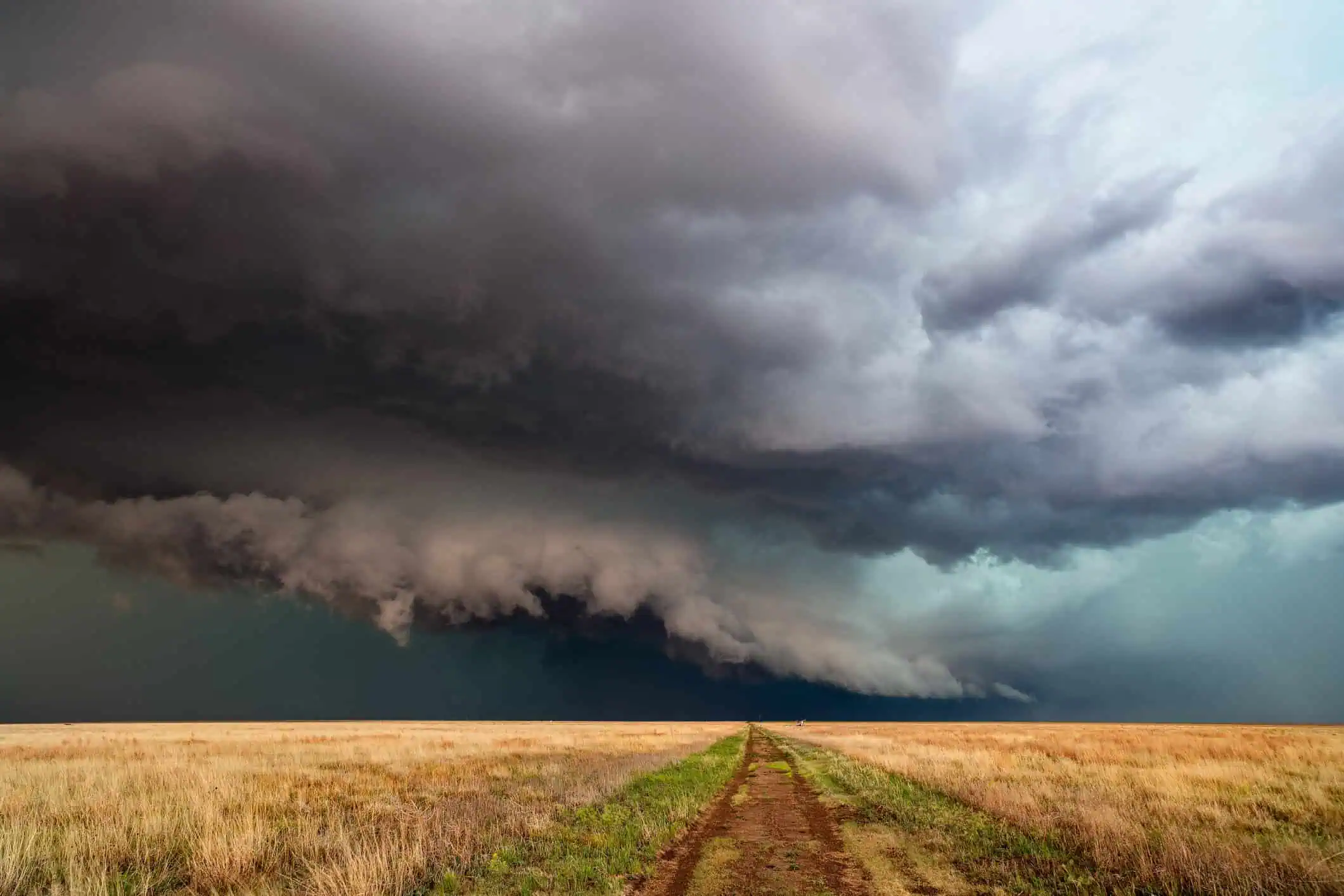NOAA’s alert: A more active than average season ahead
The 2025 Atlantic hurricane season, officially running from June 1 through November 30, is shaping up to be more active than usual, with NOAA forecasting between 13 and 19 named storms, of which 6 to 10 could become hurricanes, and 3 to 5 may intensify into major hurricanes—storms with sustained winds over 111 mph (179 km/h).
In a season where an average year typically brings 14 named storms, 7 hurricanes, and 3 major hurricanes, this year’s outlook signals a 60% probability of an above-average season, according to NOAA’s analysis.
ENSO-neutral phase brings uncertainty
One of the most significant features shaping this year’s forecast is the neutral phase of the El Niño–Southern Oscillation (ENSO). With neither El Niño nor La Niña currently active, the ENSO-neutral condition complicates long-range forecasts. Historically, neutral years have produced seasons ranging from below-average to hyperactive, depending on other dynamic factors such as:
- Atlantic sea-surface temperatures
- Vertical wind shear levels
- Atmospheric moisture availability
This neutral pattern has historically led to unpredictable outcomes, placing a greater emphasis on short-term monitoring as the season progresses.
Sea temperatures in the Main Development Region signal caution
Although the Atlantic waters remain warmer than the long-term average, there’s a notable anomaly this year: the Main Development Region (MDR)—stretching from the West Coast of Africa to the Caribbean—is currently running around 2°F (about 1.1°C) cooler than this time last year. These slightly lower temperatures may inhibit cyclone formation early in the season, unless weakened trade winds shift the trend, which forecasters are watching closely.
Delayed tropical activity: What it could mean
As of late May 2025, the Northern Hemisphere has not yet seen its first tropical cyclone of the year. This is more than a month later than climatological norms. A similar delay occurred in 2024, which contributed to inaccuracies in early predictions due to unexpected global atmospheric quietude.
CSU vs. NOAA: Different forecasts, same concerns
While NOAA provides a range-based forecast, Colorado State University (CSU) published a specific projection in April 2025: 17 named storms, 9 hurricanes, and 4 major hurricanes. This suggests a season slightly above historical averages, reinforcing the call for vigilant monitoring across the Atlantic Basin, including the Caribbean Sea and Gulf of Mexico.
Peak and potential
Although hurricane season officially spans 183 days, historical data indicates that the peak of activity occurs around September 10. However, dangerous hurricanes have formed throughout the season’s duration. As the atmosphere evolves, the current conditions—neutral ENSO, variable ocean temperatures, and global climate anomalies—are setting the stage for what may become a challenging and active season for residents and stakeholders along the Eastern Seaboard, Gulf Coast, and Caribbean territories.











